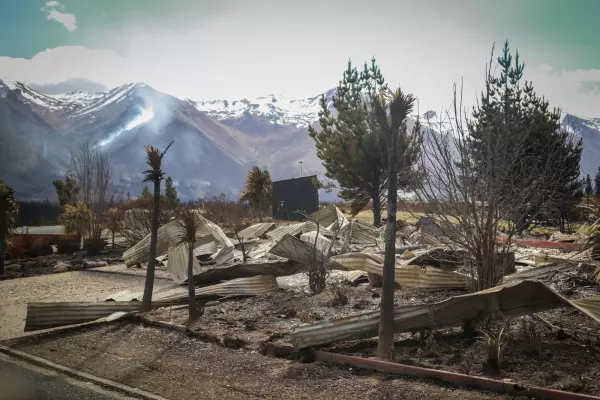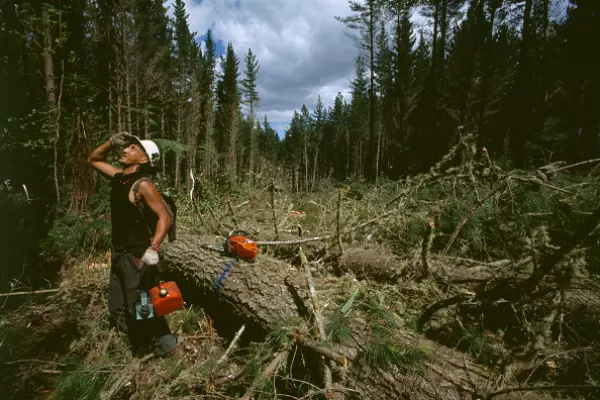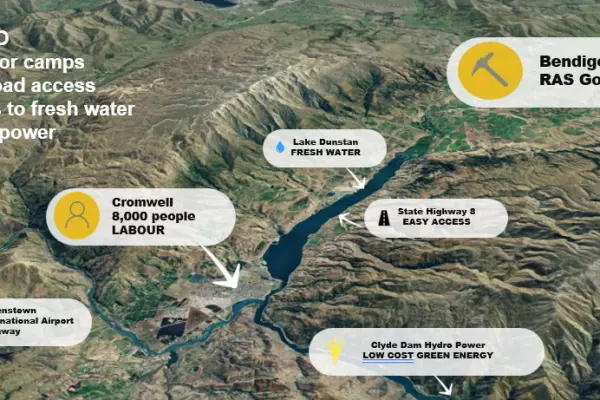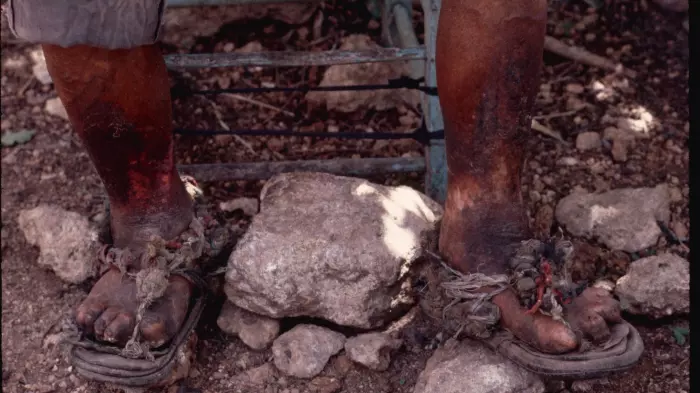Supply chain disruption is inevitable as omicron spreads throughout the community, says finance minister Grant Robertson.
However, this could be dealt with by households, businesses and the government planning and preparing, and not panicking as covid becomes endemic in New Zealand.
Prime minister Jacinda Arden announced on Sunday afternoon the country would move to the red level setting of the covid protection framework from 11:59pm the same day.
She and Robertson made it clear any hope of eradicating the virus was gone and it was now a matter of managing the impact to prevent a quick spike in sickness and massive disruption to the economy and people’s lives.
This would be done through more vaccinations, in particular booster shots, and stopping ‘super spreader’ events from taking place. There was no consideration of lockdowns or regional border restrictions, but many warnings about the difficulties in dealing with an outbreak of the virus on a scale never yet experienced in NZ.
Robertson said the lesson from other countries was that omicron will hit the supply side of the economy hard. Rising case numbers and the need for their contacts to isolate will put pressure on supply chains and all workforces.
The finance minister said there was different modelling and estimates about the impact, but he cited one “midpoint” scenario where 25,000 cases per day would mean 350,000 people self-isolating.
“I won't do the maths now on the proportion of the workforce but obviously that's a significant number of people,” Robertson said.
Most large businesses and others have put in business continuity planning to manage their way through the coming period.
How long this would last was not known, but there were some indications from overseas that omicron spread rapidly, but peaked quickly, caused less severe illness, and then reduced.
Disruption inevitable
Modelling reported by BusinessDesk on Friday suggests an outbreak starting now might peak in March and fade in early May.
Ardern warned there would be "far more cases" of covid-19 than NZ had previously seen throughout the two-year-old global pandemic.
Robertson said the government was working “very hard” to prevent the levels of supply chain disruption experienced overseas replicated in NZ, “but inevitably there will be some”.
The government’s support to businesses and households would focus on helping those who must isolate because they have covid, are a contact or are waiting for a test result.
This included leave support and absence payment schemes.
The IRD would have continuing discretion to offer greater flexibility on tax payments to businesses to support cashflow to firms who may find themselves under pressure.
The small business cashflow loan scheme is still available, and work is underway to enhance this, Robertson said.
Ministers and officials would be monitoring the uncertain impacts of omicron using real-time data.
“The trajectory of omicron cases under the protection framework and within a highly vaccinated population will help us judge if further targeted support measures are required over the next couple of weeks,” Robertson said.
There was still about $4 billion in the covid response fund, but this would not function as a cap if more spending was required.
“If further resources are needed to protect New Zealanders' lives and livelihoods, we will do as we have done before and make those resources available,” Robertson said.
Debt was lower than anticipated and the government’s financial position gave the fiscal headroom to manage omicron.
It was difficult to estimate the cost of the outbreak or the move to the red level setting.
“Some of the modelling that I've seen is if you had say 25,000 cases a day, the relief support scheme would be costing $50 million a week to pay out. But in terms of the overall cost to the economy … at red, it's about $15m a week more than it is at orange, which is just under $200m a week.”
More announcements coming
Ardern and Robertson said more announcements would be made on Wednesday in relation to further public health measures, such as a mask provision and rapid antigen test supplies.
The approach to the outbreak will be staged, with testing and isolation rules changing after the first two phases of the response – fewer than a total of 1,000 cases followed by a focus on high-risk groups – is replaced by a phase when thousands of cases a day will be reported.
In phases one and two, nasopharyngeal and saliva PCR will be the test used. At phase three, rapid antigen tests will be deployed.
Robertson said many large businesses already had stocks of rapid antigen tests and were able to buy more.
The government would work around the supply of those tests, particularly for small and medium-sized businesses who might have difficulties in accessing them.
But the initial focus would be on essential or critical workplaces, such as electricity, water, and logistics supply chain sectors.
He urged people not to panic, but also to prepare in case they or those they have contact with become ill.
“There is absolutely no need to be out there panic buying, supermarkets stay open right throughout the red level, there is absolutely no need for anyone to do that,” he said.
“Planning and preparing is a good thing, but needing to buy three trolley loads of toilet paper is not.”
Asked whether the government would continue to offer support to businesses that were not implementing the vaccine pass system, Robertson said for now they remained in place for all.
“My personal view is that if people were not prepared to become part of the vaccine pass that we needed to look to see whether or not it was appropriate that they had government resources. At this point, we're still in the watching phase when it comes to what further support might be needed.”















